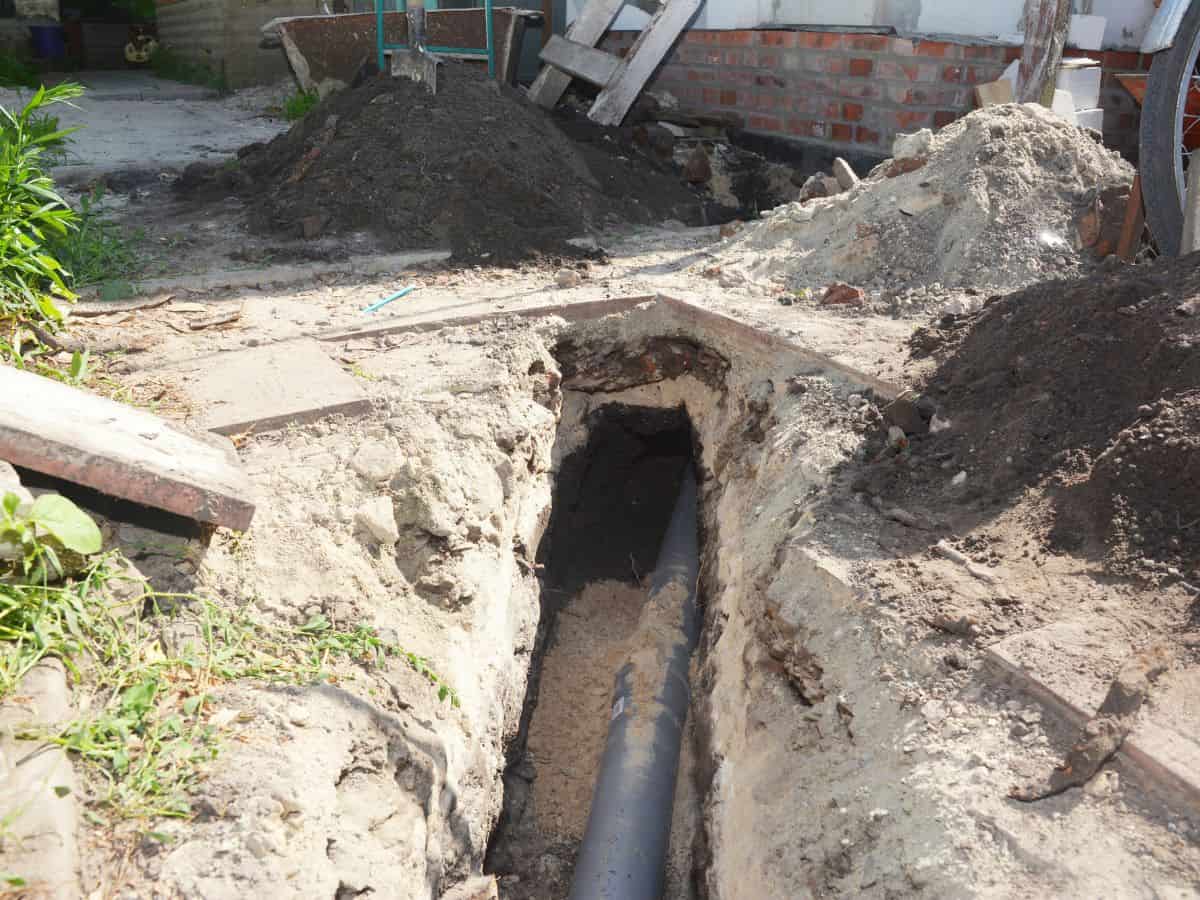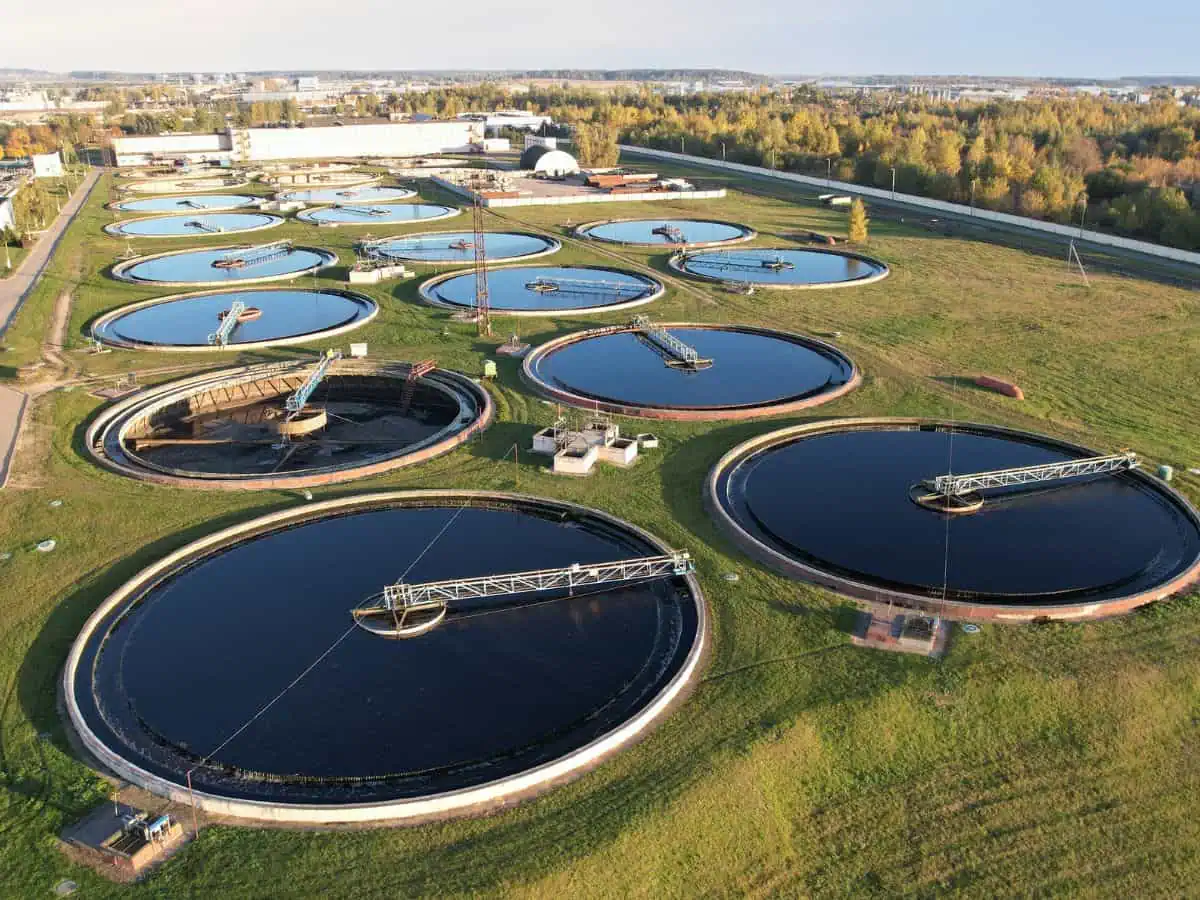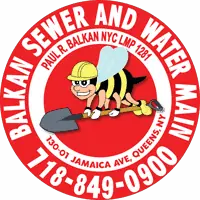Every day, millions of Americans flush their toilets without a second thought. What happens to sewer water after it disappears down our drains, whose system shapes the backbone of modern sanitation – yet most people prefer not to think about it. It’s not exactly dinner conversation, but understanding this wastewater removal process matters more than you’d think.
Understanding Sewage and Wastewater
Sewage is not only waste from a toilet. Each time you take a shower, even if it’s not a lot of time, run the dishwasher, or do a load of laundry, that water has got to go somewhere. It is estimated that the average United States household generates 50-80 gallons of wastewater per day. Multiply that out by the total of 127 million households, and that is a pretty big number with a great deal of waste that needs to be properly disposed of.

Definition and Components
Wastewater contains:
- Organic materials from food and human waste
- Chemicals from cleaning products
- Oils and grease
- Debris and sediment
- Industrial byproducts (in some cases)
The composition varies depending on the source. A restaurant’s wastewater differs significantly from a residential home. Manufacturing facilities? That’s another story entirely. Each type of wastewater has a different composition of solids, fat, oil, grease,, and the PH makeup of the water itself
Where Does Water Go When it Goes Down the Drain?
Sewage treatment isn’t one-size-fits-all. Cities pack in millions of people, so they need huge underground pipe networks feeding into central treatment plants. Pretty wild when you think about it – there’s basically an entire hidden city beneath our feet.
Out in the countryside? Different story. Houses sit far apart, making city-style sewer systems impractical. Most rural homes use septic tanks instead – their own personal treatment plant right in the backyard.
Both systems handle waste cleanup, just at different scales.
The Journey Through Sewer Infrastructure

Everything starts with your home’s plumbing. P-traps (those curved pipes under your sink) prevent sewer gases from rising back up. Smart design, really – they maintain a water seal while allowing waste to flow through.

The wastewater moves from your house through what’s called a private sewer lateral – basically your personal pipeline connecting to the main sewer line. These pipes slope downward, using gravity to keep things moving. Nature’s helping hand, if you will. As a matter of fact, in NYC, gravity-fed house sewers are the only type permitted.
Where Does Sewer Water Go?
The main sewer lines are like highways beneath the ground, carrying sewage downstream. They are getting bigger all the time; some cities even have big sewer pipes that you could drive a car through (these are frequently referred to as interceptor sewers)! When just gravity is not sufficient (such as when it goes uphill), pump stations and lift stations come into play.
Wastewater Treatment Process
This is where things get interesting. What happens to sewer water at treatment facilities involves multiple stages, each serving a specific purpose.
Primary Treatment
The first step might gross you out a bit. Massive screens catch all the stuff that should never have been flushed – trust me, treatment plant workers have seen it all. Then the water flows into these huge tanks where physics takes over. The heavy junk sinks, the floaty stuff rises, and workers skim both off. What’s left is clearer water, though nowhere near clean yet. It’s like a giant game of separation, which would be fascinating if it weren’t, well, sewage.
Think of it as nature’s way of sorting things out, just sped up in giant concrete tanks. Heavy stuff drops like a rock, light stuff bobs up like a cork. Simple but effective.

Secondary Treatment
Here’s where things get interesting – and a bit weird. Remember those bacteria you learned about in science class? Treatment plants put them to work. Picture billions of tiny organisms chowing down on the gross stuff in wastewater, breaking it into harmless bits.
The plant operators pump air through giant tanks to keep these microscopic workers breathing and munching away. It’s basically the same thing that happens in a creek or river, except we’ve supercharged the process.
Funny to think that some of the smallest living things handle one of our biggest challenges. I mean, without these invisible helpers, we’d be in real trouble.
Advanced Treatment
The cleanest treatment plants go the extra mile. They pull out stuff like nitrogen and phosphorus – you know, the same chemicals that make your lawn grow but can cause havoc in lakes and rivers. Too much of these nutrients causes those nasty algae blooms you might’ve seen on the news. The final touches involve filtering the water one last time and killing any remaining germs. Think of it as a final quality check before the water heads back to nature. By this point, it’s often cleaner than the water in the river it’s joining.
Modern Treatment Technologies
Technology keeps evolving, and wastewater treatment’s no exception. What happens to sewer water today looks quite different from even a decade ago.
Conventional Methods
The activated sludge process remains an industry standard. It’s reliable, well-understood, and effective. Trickling filters offer another tried-and-true approach, especially for smaller facilities.
Innovative Solutions
Non-electrical treatment systems are gaining traction, particularly in environmentally conscious communities. These systems harness natural processes, requiring minimal energy input while achieving impressive results.
Residential Responsibilities
Here’s where you come in. Proper disposal habits make a huge difference in system performance.
Proper Disposal Practices
Never flush:
- Cooking grease (it creates massive clogs)
- “Flushable” wipes (they’re not really flushable)
- Medications
- Household chemicals
- Highly acidic or alkaline fluids or materials
These items can wreak havoc on treatment systems and harm the environment.
System Maintenance
Regular maintenance prevents costly problems. Watch for warning signs like slow drains or gurgling toilets. They’re telling you something’s wrong.
Conclusion
What happens to sewer water represents one of humanity’s greatest achievements in public health and environmental protection. While it’s easy to take modern wastewater treatment for granted, understanding these systems helps us appreciate their importance and use them responsibly.
The next time you turn on a tap or flush a toilet, remember – you’re part of an intricate system that keeps our communities healthy and our environment protected. It might not be glamorous, but it’s essential to modern life.





